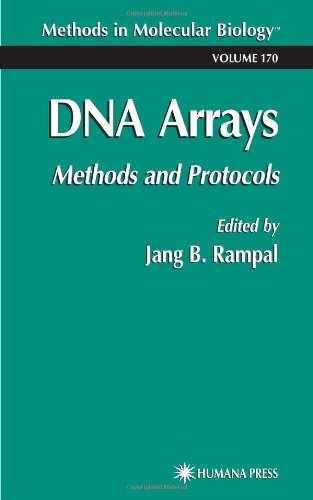

Most ebook files are in PDF format, so you can easily read them using various software such as Foxit Reader or directly on the Google Chrome browser.
Some ebook files are released by publishers in other formats such as .awz, .mobi, .epub, .fb2, etc. You may need to install specific software to read these formats on mobile/PC, such as Calibre.
Please read the tutorial at this link: https://ebookbell.com/faq
We offer FREE conversion to the popular formats you request; however, this may take some time. Therefore, right after payment, please email us, and we will try to provide the service as quickly as possible.
For some exceptional file formats or broken links (if any), please refrain from opening any disputes. Instead, email us first, and we will try to assist within a maximum of 6 hours.
EbookBell Team

4.4
52 reviewsMicroarray technology, which permits the rapid, simultaneous, and highly sensitive analysis of large numbers of biological samples, is now coming into widespread use for advanced research on gene expression, mutation analysis, proteomics, and gene sequencing. In DNA Arrays: Methods and Protocols, Jang Rampal and a authoritative panel of researchers, engineers, and technologists explain in detail how to design and construct these DNA arrays, as well as how to hybridize them with biological samples for analysis. In step-by-step instructions these experts detail not only how to attach or print arrays on various matrices, but also biological sample preparation (DNA and RNA), hybridization conditions, signal detection, probe optimization, different printing technologies, and data collection and analysis (bioinformatics). Additional topics covered include genotyping, sequencing by hybridization, antisense reagents, HLA-DQA typing techniques, and gene expression analysis. Rounding out the technical presentation are three chapters that review the history of microarrays, the ethical ramifications of genetic analysis using DNA arrays, and the business aspects of biochip technologies. Forward-looking and state-of-the-art, DNA Arrays: Methods and Protocols provides all investigators engaged in biological and biomedical research the full range of effective, readily reproducible microarray techniques needed today to analyze on a large scale the many different genes and gene sequences now available from the Human Genome Project.